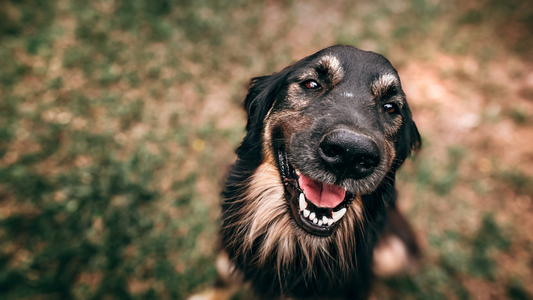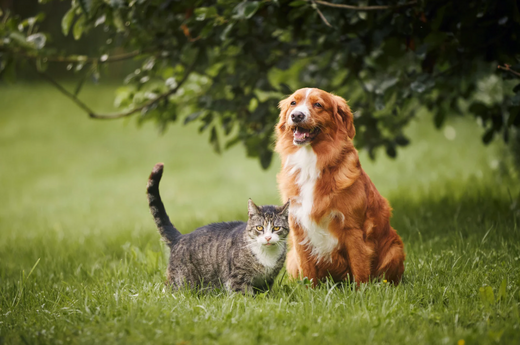When Everyday Sounds Turn Scary: Recognising Signs of Noise Phobia in Pets
Does your furry friend turn into a trembling mess during thunderstorms? Do they erupt in frantic barking at the sound of a passing ambulance? Have you ever considered that it might be more than just a dislike of loud noises? They could be suffering from noise phobia – a common but upsetting condition that can make everyday life a nightmare for your pet.
Noise phobia is when ordinary sounds – like the vacuum cleaner or doorbell – become terrifying. It's heartbreaking to see your beloved pet so scared, and it’s also very distressing for them too. Here at Healthy Pet Co., we understand how stressful this situation can be, and we’re here to help. Today, we'll uncover the signs of noise phobia and offer tips to help your furry friend feel safe and loved.
Beyond Startled Reactions: Understanding Noise Phobia
While it's normal for pets to jump at a sudden loud noise, noise phobia is a different story. It's a deep-rooted fear that lingers long after the sound is gone. Scientists aren't entirely sure what causes it, but they think several factors might play a role. Genetics could make some breeds more prone to fear loud noises, especially herding dogs and gun dogs.
Past bad experiences with loud sounds, like a scary thunderstorm, might trigger the phobia. Not being exposed to different sounds as a puppy or kitten can also make them more fearful. And sometimes, underlying health issues like ear problems can contribute to the problem.
The Tell-Tale Signs: Recognising Noise Phobia in Your Pet
Pets experiencing noise phobia exhibit various physical and behavioural changes in response to their triggers. Here's how to recognise what your pet might be experiencing:
What Are the Physical Signs?
- Trembling and Shaking: This is a classic sign of fear and anxiety. Your pet might tremble uncontrollably, hunch their back, and flatten their ears.
- Panting and Excessive Drooling: These are physiological responses to the body's fight-or-flight response triggered by fear.
- Pacing and Restlessness: Unable to find comfort, your pet might pace back and forth, displaying agitated behaviour.
- Hiding and Seeking Comfort: They might seek refuge in familiar hiding spots like under furniture, behind curtains, or in your lap, seeking your comfort and protection.
- Dilated Pupils: Their eyes might become wide and dilated, a sign of heightened alertness and stress.
- Loss of Bladder or Bowel Control: In severe cases, extreme fear and anxiety can lead to involuntary urination or defecation.
What Are the Behavioral Signs?
- Excessive Barking or Whining: Vocalisations are a way for pets to express their distress. They might bark or whine excessively in an attempt to communicate their fear or alert you to the danger they perceive.
- Destructive Behaviour: Out of fear or frustration, your pet might resort to destructive behaviour like chewing furniture, scratching doors, or digging. This can be an attempt to escape the perceived threat or channel their nervous energy.
- Attempting to Escape: Your pet might try to bolt through doors or windows in a desperate attempt to escape the source of the sound. This can be dangerous and could lead to injuries.
- Becoming Withdrawn or Inactive: Some pets may shut down during noise-induced anxiety, becoming withdrawn and inactive. They might lose interest in play, food, or interaction altogether.
Supporting Your Pet Through Noise Phobia
If you suspect your pet is struggling with noise phobia, seeking professional guidance is crucial. A veterinarian can accurately diagnose the condition and create a personalised treatment plan. This might involve gradually exposing your pet to the feared sounds while providing positive reinforcement, a technique known as desensitisation. Counterconditioning, which pairs the scary noises with pleasant experiences, can also be beneficial.
In some cases, behaviour modification techniques guided by a qualified animal behaviourist may be necessary to address specific behavioural challenges. For severe cases, your vet might recommend anti-anxiety medication as a short-term solution to manage overwhelming fear.
Helping You Create a Calm, Secure Environment for Your Pet
At Healthy Pet Co., we know how stressful noise phobia can be for both you and your pet. We're committed to helping you create a peaceful home environment. That's why we offer a range of essential products and expert resources designed to soothe and comfort your furry friends during their anxious moments.




